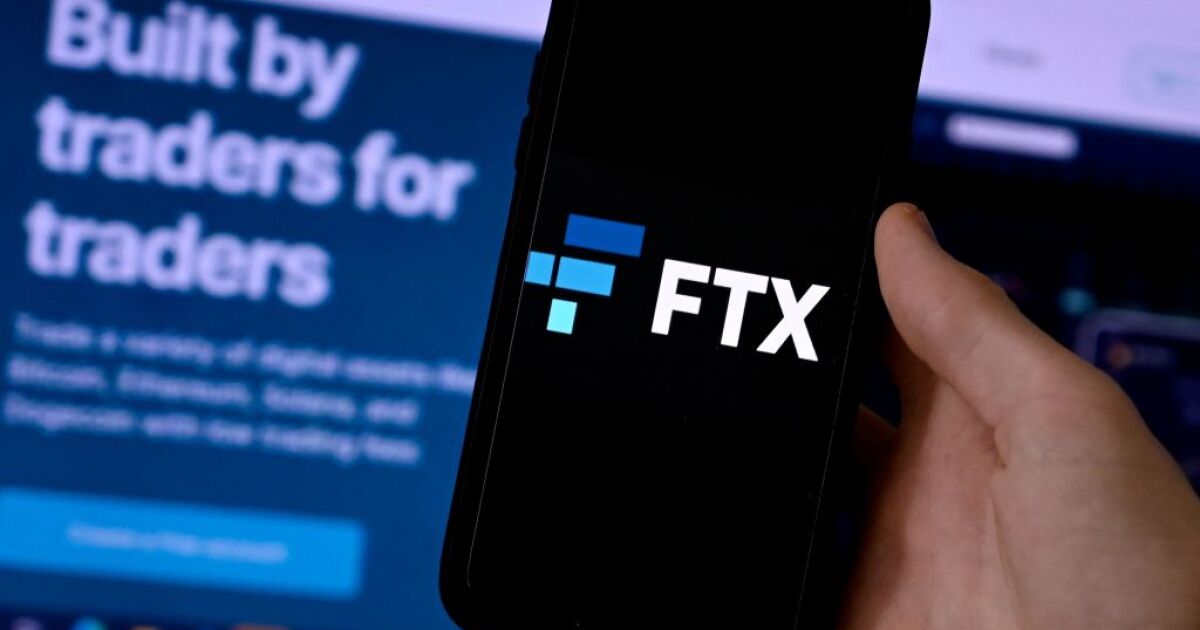

The cryptocurrency exchange FTX went from a major market force propping up the vast fortune of the No. 2 Democratic donor to filing for bankruptcy in just a matter of days.
FTX has been the focus of controversy this month as the company struggled with diminishing value and investor trust while also feeling increased pressure from lawmakers and regulators over alleged deceptive conduct. The company declared bankruptcy and removed its founder from his leadership role Friday.
How did FTC go from one of the most notable crypto companies in the industry to a financial mess?
FTX was founded in 2019 by Sam Bankman-Fried as a Bahamas-based crypto exchange that allows users to trade cryptocurrency. It allowed customers, for example, to buy and sell bitcoin, ethereum, and other digital currencies.
The company quickly grew in valuation and worth, earning more than $388 million in net income in 2021 after a surge in interest in crypto.
CRYPTO EXCHANGE FTX DECLARES BANKRUPTCY AND EXIT OF DEMOCRATIC MEGADONOR CEO
At the same time, Bankman-Fried was investing tens of millions into lobbying efforts in the United States. His political action committees invested in several Democratic candidates in 2022. Many hailed him as the J.P. Morgan of the crypto era as he cut deals to buy out rivals and his personal net worth soared into the tens of billions.
The company, however, attracted scrutiny from regulators. The state of Texas announced in October that it was investigating if the exchange had been selling unregistered securities.
Things began to fall after the crypto-centric news outlet CoinDesk published a report in November that the FTX-affiliated company Alameda Research had a significant portion of its assets in FTT, a token minted by FTX, leading some to believe it was manipulating prices.
Some investors — most notably, rival crypto exchange Binance — responded to the revelation by selling holdings in FTT, which caused the token’s value to drop to unsustainable levels.
At that point, speculation increased that FTX may not have sufficient assets to pay out withdrawals, raising the specter of a bank-style “run,” with users rushing to take out their money before it ran out.
FTX began looking for ways to raise liquidity and stave off a run. Binance, a major rival, announced on Nov. 8 that it had agreed to a nonbinding agreement to acquire FTX. The agreement left the company’s U.S. branch out of the deal.
A day later, Binance said it was ending its deal to acquire FTX over the company’s mishandling of customer funds and pending investigations from regulators.
FTX froze all withdrawals on Nov. 9, claiming that it could not fulfill all requests without help from third parties. This help included seeking potential rescue deals from other crypto exchanges, like Kraken. Bankman-Fried took responsibility for the failures after seeing his net worth drop from $15 billion to $1 billion over a few days.
This failure inspired Democratic lawmakers to renew their push for cryptocurrency regulations.
CLICK HERE TO READ MORE FROM THE WASHINGTON EXAMINER
FTX declared bankruptcy on Friday, and Bankman-Fried stepped down from his role as CEO. John Ray III now leads the company.





